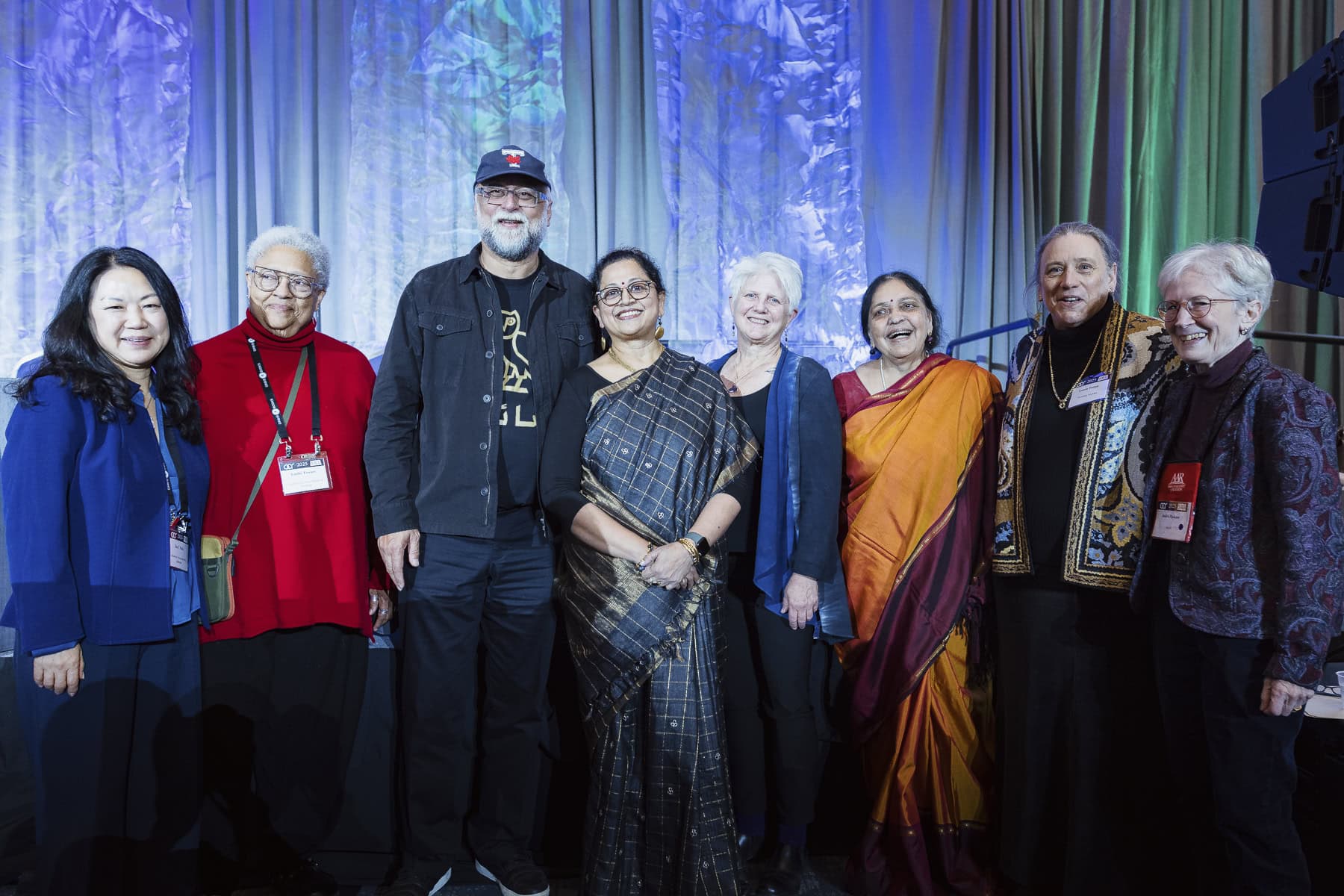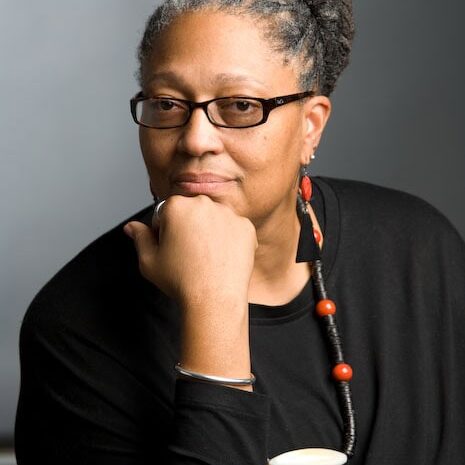The Year in WebinAARs
Engage with the latest scholarship from the comfort of your home
We hosted over 30 webinAARs this year on topics from getting engaged in public scholarship to advocating for your department in times of crisis. AAR membership grants you access to any and all of our recordings.
News & Publications


Benefits of Membership
When you become an AAR member, you join the largest society dedicated to the academic study of religion. You also gain a wide range of benefits that will enable you to elevate your career and grow your community.
Present at Our Annual Meetings
Present at Our Annual Meetings
Develop Your Skills and Career
Develop Your Skills and Career
Grow Your Network and Community
Grow Your Network and Community
Access Professional Resources, Discounts, and More
Access Professional Resources, Discounts, and More



WebinAAR Recordings
AAR produces and sponsors webinAARs every month on topics related to the academic study and teaching of religion. Recordings typically require an AAR membership to view.

WebinAAR
December 10, 2025
Meet the 2026 AAR President, Laurel Schneider
Dr. Laurel Schneider is the newly installed President of the American Academy of Religion for 2026. Hear an informal interview between Dr. Schneider and AAR Executive Director, Claudia Schippert, to learn more about Laurel’s vision and goals for the AAR in 2026

WebinAAR
November 10, 2025
Religious Studies Department and Program Closures: A Strategy Session with AAR President Leela Prasad
This listening and strategizing session led by AAR President Leela Prasad is part of a continuing series responding to the accelerating closure of religious studies departments and programs in the U.S. academy.

WebinAAR
November 14, 2025
Religion and Conflict: Case Studies from Ukraine
As part of the Fall Fridays Scholarship WebinAAR Series, this webinar features a panel of globally renowned experts in Orthodox Studies. This roundtable discussion explores the intersections of religion, war, and geopolitics in the Russian invasion of Ukraine
More to Explore
Why AAR
Religious Studies Matters
Religion influences most aspects of our world and the study of religion has never been more important. AAR is committed to advocating for the academic study of religion. We support religion scholars working in many fields, and we provide resources and engagement opportunities to improve the public understanding of religion.

